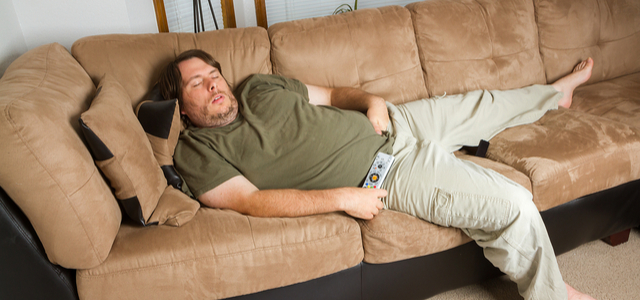What Inactivity Does To Your Age
Inactivity affects almost every cell in your body
The public health message related to inactivity is often tied with weight gain and obesity. While it’s true that your weight is affected by your activity levels, intentional movement is about so much more than a number on your scale.
“The comprehensive evidence herein clearly establishes that lack of physical activity affects almost every cell, organ, and system in the body causing sedentary dysfunction and accelerated death,” researchers wrote in Comprehensive Physiology.
They found that physical activity could prevent, reduce the risk of or improve these chronic conditions:
| Accelerated biological aging/ | Breast cancer |
| Premature death | Low cardiorespiratory fitness |
| Metabolic syndrome | Obesity |
| Prediabetes | Type 2 diabetes |
| Coronary heart disease | Peripheral artery disease |
| Stroke | Congestive heart failure |
| Arterial dyslipidemia | Hemostasis |
| Cognitive dysfunction | Depression and anxiety |
| Balance | Gallbladder diseases |
| Colon cancer | Constipation |
| Endometrial cancer | Gestational diabetes |
| Diverticulitis | Erectile dysfunction |
| Sarcopenia | Insulin resistance |
| Non-alcoholic fatty liver disease | High blood pressure |
| Endothelial dysfunction | Deep vein thrombosis |
| Osteoporosis | Bone fracture/falls |
Lack of physical activity emerged as one of the most important causes of chronic disease, and because getting active prevents or delays so many chronic diseases, they concluded “chronic disease need not be an inevitable outcome during life.”
Further, intentional movement effectively slows signs of aging. Maximal aerobic capacity, or VO2 max, is a measure of your cardiovascular fitness. In one study, women who are 80 years old and physically active had VO2 max’s that were equivalent to 50-yearold women who were physically inactive.



